
A Passion for Sake and Ceramics
Yusuke Miyashita is a sake sommelier, educator, and the owner of Fushikino, a Kyoto-style kaiseki restaurant in Tokyo’s upscale Kagurazaka district. His restaurant focuses on pairing flights of sake with kaiseki’s numerous courses, an approach that has garnered it a Michelin star for five years running.
Fushikino also has a small gallery of tea and sake ceramics, featuring modern designs from up-and-coming potters as well as masters designated as Living National Treasures. Miyashita uses both the new pieces and the treasured antiques when serving his guests.
The Shape of Sake
With so many lovely cups to choose from, how does Miyashita decide which one to serve a particular sake in?
The first thing to understand is that the look and shape of a cup has a big impact on flavor. In fact, Mr. Miyashita claims that if you serve the exact same sake in three different cups, 100 people out of 100 will say they can taste the difference.
A broad rule of thumb is that the smaller the vessel, the more intense the flavor. Also, a narrow mouth on the cup generally brings out the sweetness of sake, while a wider mouth allows more acidic notes to flourish. However, a person’s subjective impression of the cup’s appearance is also going to influence how they interpret the flavor.
To illustrate his point, Miyashita has us try the same sake from each of the three cups pictured (above), starting from the flat one on the right called hirahai, with a breadth and form similar to that of most guinomi. Sure enough, the flavor was drastically different with each. We felt the first one had a sustained sweetness, while a progressively more complex mingling of sweet and dry notes was apparent with the other two.
Fine Tuning
So which one is the “right” cup for this sake?
It all depends. The first thing Miyashita considers is which sake will pair well with a particular dish. He then adjusts the temperature of the sake or blends it with water or another sake from the same brewery to improve the match. Finally, he selects the cup, using the shape to bring out sweet or dry notes and fine-tune the experience.
Naturally, there are other factors to consider. For example, one wouldn’t want to serve warm sake in a glass ochoko, as it wouldn’t allow the sake to retain the heat for very long.
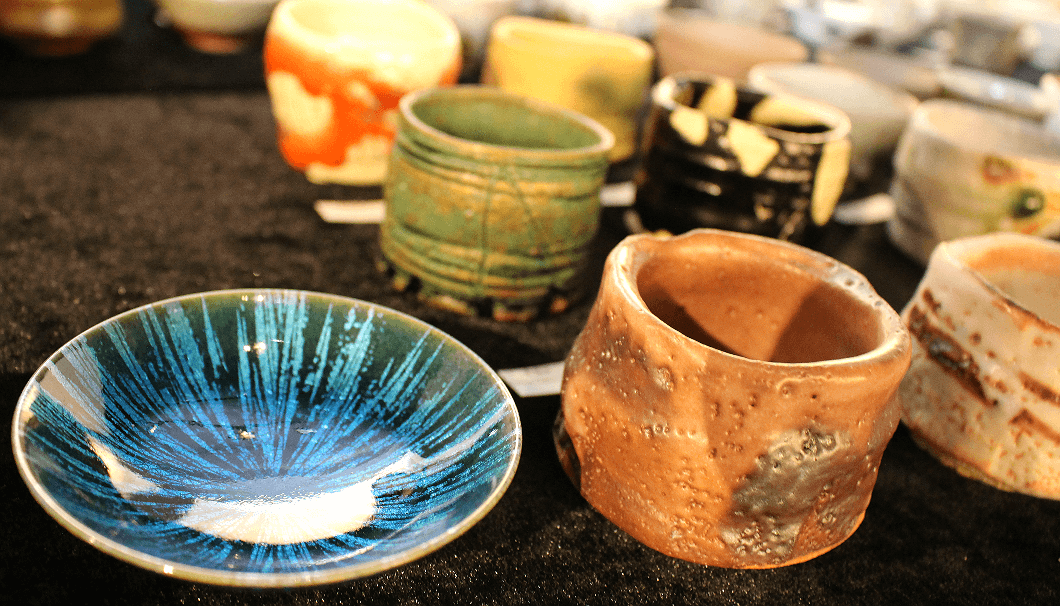 Caption: A variety of ceramic sake cups for sale at a Hong Kong workshop which Miyashita held last year.
Caption: A variety of ceramic sake cups for sale at a Hong Kong workshop which Miyashita held last year.
When pairing dishes with food, one should consider the plateware the food will be served on.
“There is a completely different set of rules regarding appearance. For example, if you are serving a particular dish on Iga ware, generally, you wouldn’t choose more Iga ware for your sake, as too much of the same style is never a good thing. Using contrasting items to unify a space to the best of your ability is one of the rules of washoku,” says Miyashita.
Even guest preference plays a role.
“If a guest is wearing bright, bold clothes or appears more elegant and reserved, [that would influence my choice]. There are various things to consider. If the guest is from overseas, they usually find the antiques quite interesting.”
Play Around to Find Your Sweet Spot
Choosing the “right” cup can be quite subjective. The diversity of sake vessels is seemingly endless, both in design and materials. And while the shape of the cup will have certain effects on flavor, there is no single correct choice.
“The most important thing is, if you have a sake you like, try drinking it from a variety of different cups, try it at different temperatures, try adding a little water,” says Miyashita. “Playing around with it is the best way.”
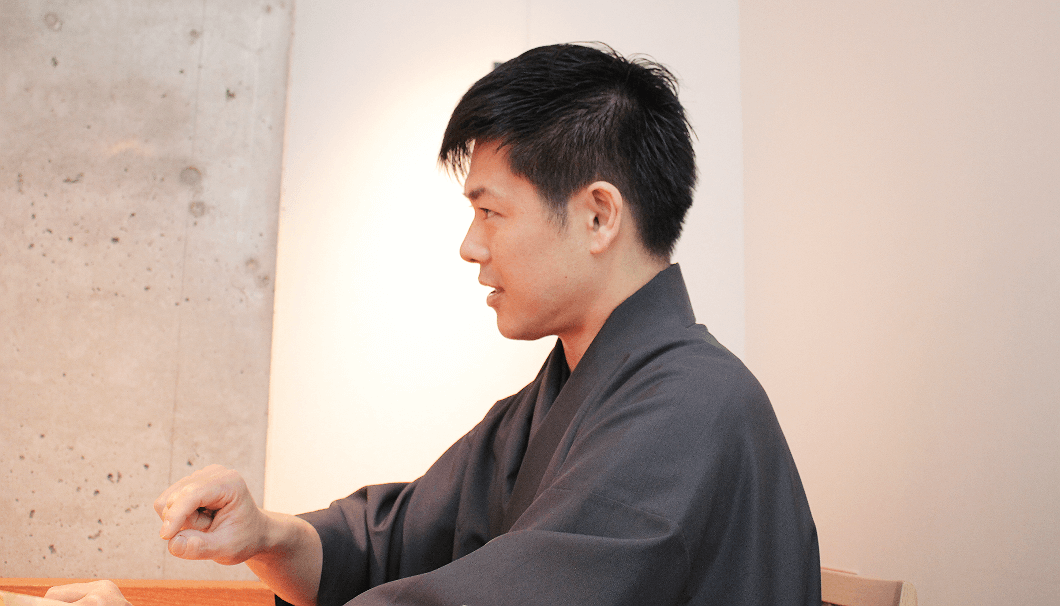 Caption: Miyashita instructs us in the finer points of choosing a sake cup
Caption: Miyashita instructs us in the finer points of choosing a sake cup
Just Enjoy It
For Miyashita, it’s less about strict rules you have to follow and more about finding something that works for you, both in terms of flavor and aesthetics.
“If you ask me how sake should be enjoyed,” he says, “I think it’s fine to enjoy it however you want.”
Sake is delicious however you drink it, but with a little know-how, you can enhance the flavor and experience and make it even better.
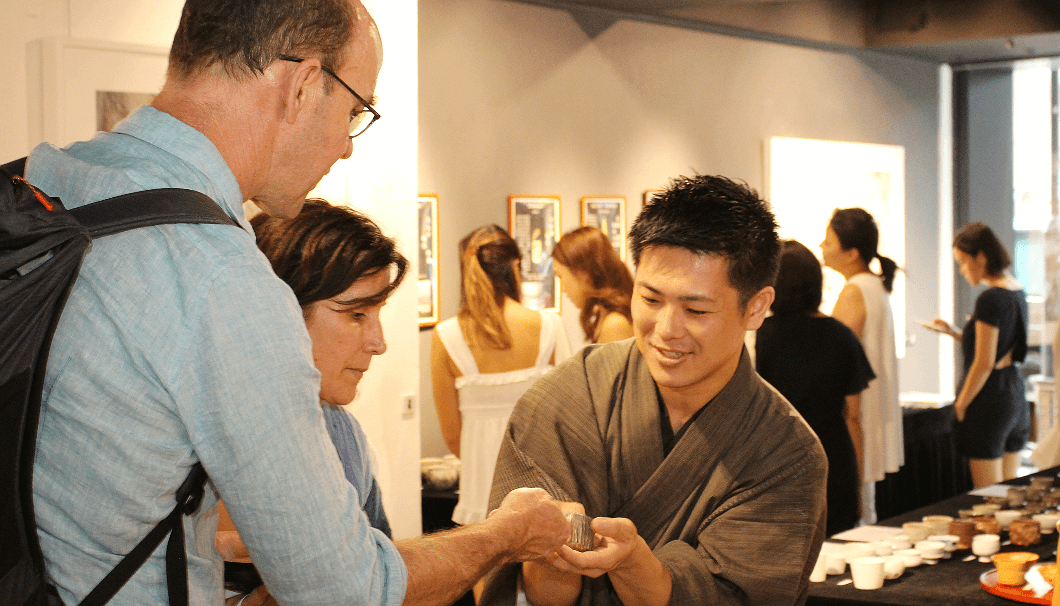 Caption: Miyashita has a passion for teaching people at home and abroad about the beauty of pairing sake with ceramics. Here, he explains this aspect of Japanese culture to participants at a August 2017 workshop in Hong Kong.
Caption: Miyashita has a passion for teaching people at home and abroad about the beauty of pairing sake with ceramics. Here, he explains this aspect of Japanese culture to participants at a August 2017 workshop in Hong Kong.
If you want to learn more, Miyashita occasionally holds workshops and sake tastings overseas. Watch the Fushikino Facebook page for details.
◎Shop Information
- Name: Fushikino
- Location: 2F Kagurazaka Tsunasho Terrace, 4-3-11 Kagurazaka, Shinjuku-ku, Tokyo
- Tel: +81-3-3269-4556
- Open: 7:00pm–11:00pm
- Closed: Sunday, Holiday
- HP: Fushikino
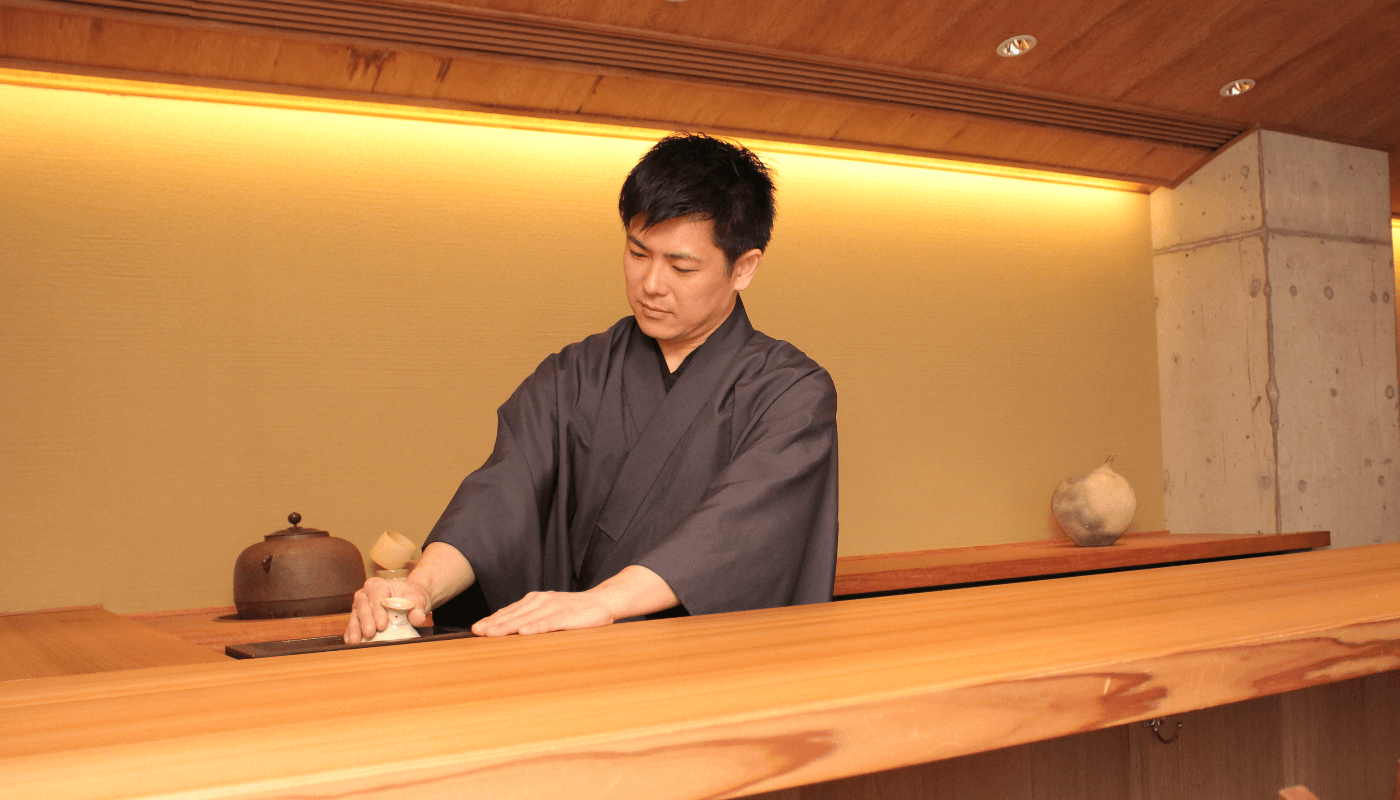

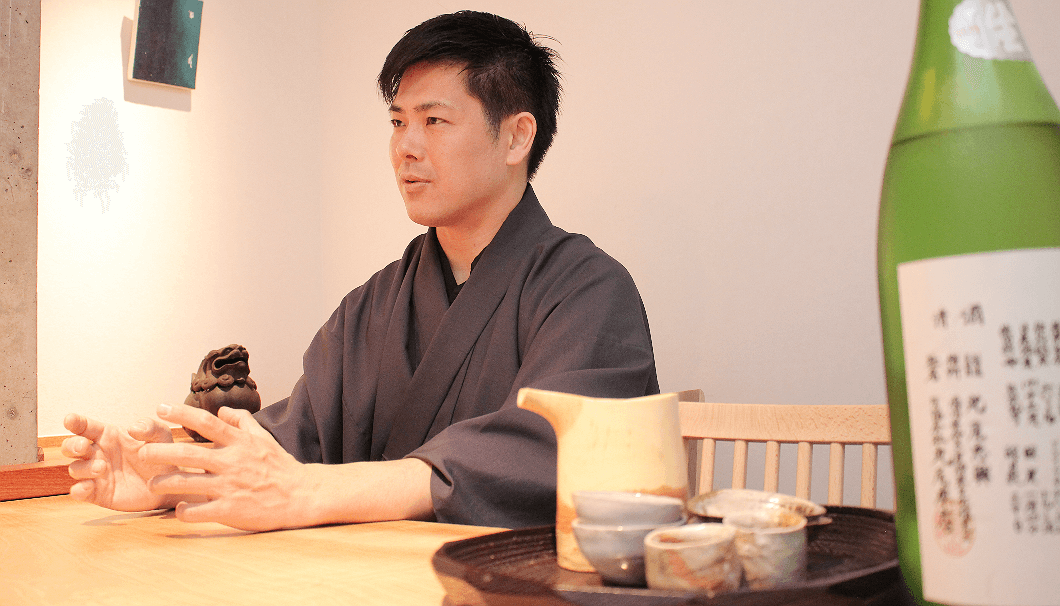


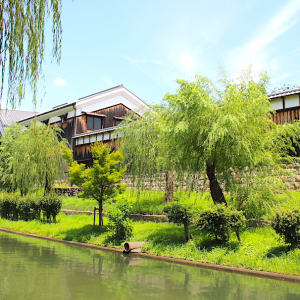

Comments